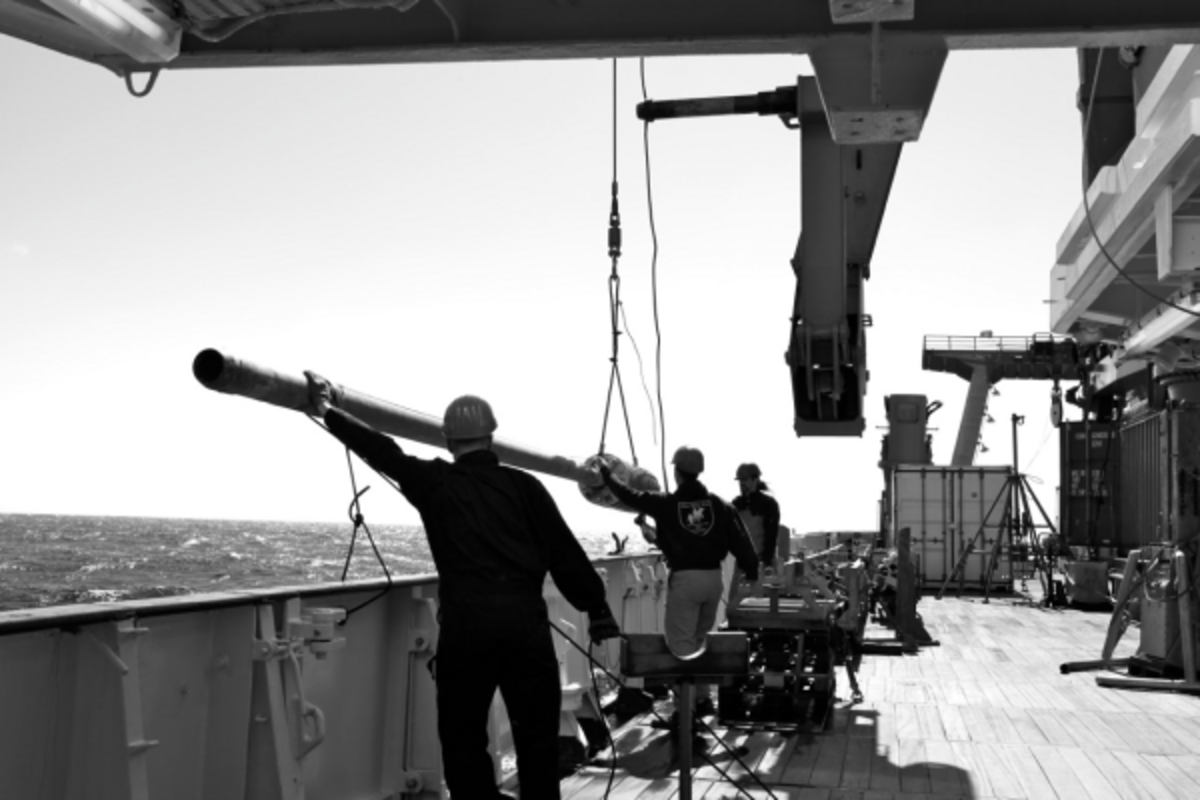Method / Description Hydrogen Sulphide
APPARATUS:
Eppendorfpipettes
Glass pipettes (10, 20, 25 cm3)
Various volumetric flasks (50cm3, 100 cm3)
Various cylinders (50 cm3; 100 cm3)
Bottles to store the reagents
Eppendorfcaps (2 cm3), parafilm, beakers
Tube with bubble stone
Photometer
REAGENTS:
Argon or N2-gas
O2-free NaCl-Solution.: Dissolve 36g NaCl in 1000 cm3 pure water. For degassing let flow argon through the solution for approx. 1 hour. Should be prepared immediately before use!
Zinc acetate gelatine solution: 50 mg of gelatine are dissolved in 25 cm3 O2-free water, while heating. Add 261 mg ZnAc * 2 H2O. Stable for several days.
Colour reagent: 400 mg N,N-Dimethyl-1,4-phenylenediamine-dihydrochloride are dissolved in 100 cm3 HCl (6N).
Catalyst: 1.6 g FeCl3 * 6 H2O are dissolved in 100 cm3 HCl (6N). Stable.
Titrisol-Standard-solution: 0,1N Na2S2O3
356,7 mg KIO3 (are dissolved in 1000 ml aqua dest. Stable.)
H2SO4 (9M): 50 ml conc. H2SO4 are given to 50 ml aqua dest. CAUTION: the solution becomes very hot!)
1 g starch (dissolve in 100 ml Aqua dest. on the hot plate and fill up to 1000 ml (renew every week)
KI (2g)
TITRATION:
To determine the exact S2- conc. of the calibration standard you have to titrate the working solution.
Mix:
25 ml oxygen-free water
2g KI
20 ml KIO3-standard
1 ml H2SO4 (9M)
Then add 10 ml work standard. Cover with parafilm and wait for about 10 min. Now titrate with Na2S2O3-solution (0,1N). When the colour turns to pale yellow, add 1 ml of the starch solution. (after about 1,5 ml titer addition). End of titration: decolorization of the iodine-starch-complex (after about 1,7 ml). In addition, you have to carry out a titration with oxygen free water (“blank value”) (you need ca. 1,9 ml Na2S2O3-solution). Both titrations have to be done 3 times.
Calculation:

A - ml titrated volume Na2S2O3 – Solution blank value
B - ml titrated volume Na2S2O3 – Solution working standard
C - Concentration Na2S2O3 – Solution
D - ml template working standard / blank value
T - Titer Na2S2O3 Solution
All results have to be multiplied with the quotient of determined concentration and theoretical concentration of the work solution.
STANDARDS:
Stock standard: 75 mg of Na2S * 9 H2O are dissolved in 100 cm3 O2 -free salt water (concentration: 3.125 mM S2-). Stable for several days.
Work standard: Give 25 cm3 of the stock solution into a cylinder, add 25 cm3 of the zinc acetate gelatine solution and , if necessary, make up to 50 cm3 with pure water (conc.: 1561.3 µM S2-)
Calibration standard: x cm3 of work standard are made up to 100 cm3 with O2 -free salt water. Stable for several hours.
Calibration range: 0-46.84 µM. (highest detection level: 50 µM)
PROCEDURE:
Pipette 50 µl of the zinc acetate gelatine solution into an Eppendorfcap. Add 1 cm3 of the sample. ZnS is kept in colloidal solution. Stable for several days, if stored cool. Add 10 µl of the colour reagent and 10 µl of the catalyst. Measure absorbance after 1 hour at 670 nm.
To avoid losses of H2S the zinc acetate gelatine solution has to be added immediately after sampling.
INTERFERENCES:
Samples with a high concentration of H2S (>1mM) have a tendency to colloidal precipitation. To avoid this, you should always dilute the sample first with O2 -free salt water and then add the zinc acetate gelatine solution. In this case you must add 1 cm3 of zinc acetate gelatine solution. According to the resulting higher reaction volume after the dilution, you need more reagents for the determination (10 µl of the colour reagent and 10 µl of the catalyst per cm3 of used sample).
For the calculation of the concentration you have to keep in mind, that all the values determined with the calibration curve, have to be multiplied with the factor f defined as:
Too much reagent or low sulphide concentrations (natural or because of dilution) can be recognized by a pink colouring.



